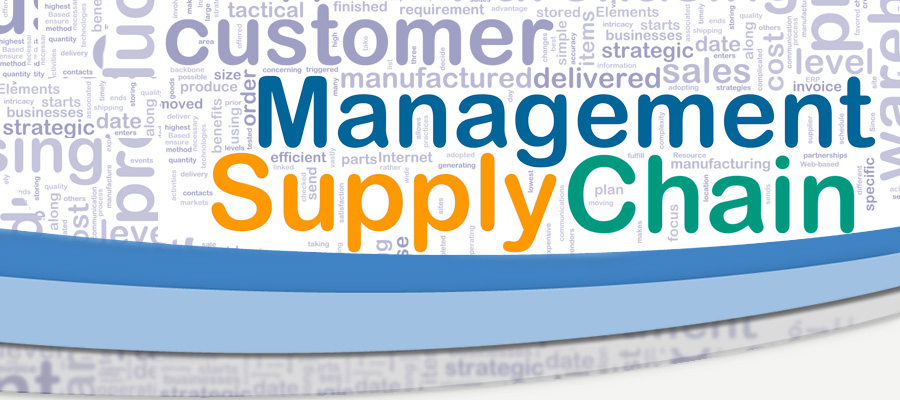The Supply Chain: 3/4/2015

- The Western procurement issue in China (Yes, the US did have some kind of back-door spying equipment installed in American-branded equipment but China isn’t an innocent party – they have been ripping off US patents and designs for years to get their manufacturers competitive. )
Yes, the US did have some kind of back-door spying equipment installed in American-branded equipment but China isn’t an innocent party – they have been ripping off US patents and designs for years to get their manufacturers competitive.
- SAP: Welcome to the new era of procurement:
Procurement can and will play an increasingly strategic role in managing this virtual enterprise, leveraging technology to simplify the way complex business gets done and manage their operations in a new and dynamic way that keeps their companies ahead of the competition. Procurement is evolving from service to a function. And with increasing frequency, it is focused on business value and enabling supplier innovations as opposed to just driving procurement savings through cost reductions.
http://www.news-sap.com/procurement-2015-evolution-continues/
- Four ways to access the strength of suppliers:
A company with a high proportion of long-term contract agreements in its order book is likely to be more secure than a firm completing work on a shorter term basis. However, a retained contract should not prompt reckless overconfidence; it is often a good idea to look over notice periods and analyse the probability of changes in market conditions or demand which could reduce a client’s requirement for the business’ goods or services.
http://www.supplymanagement.com/blog/2015/02/four-ways-to-assess-the-strength-of-suppliers
- Failure to Work With Minority Owned Businesses a Challenge in the Private and Public Sector
Last month, the NAACP Florida State Conference led by President Adora Obi Nweze released an Economic Development Report Card on the records of targeted cities, counties, school districts and private corporations in the State of Florida. What stood out amidst all of the findings were the poor minority procurement practices that were consistent through the public and private sector. In summary, most local governments spent less than two percent with veteran, minority and women -owned businesses.
http://www.huffingtonpost.com/dedrick-muhammad/failure-to-work-with-mino_b_6736984.html
Supplier Report: 12/27/2014

IBM
- IBM is planning to buy back $50B in their own stock over the next 5 years….
http://www.fool.com/investing/general/2014/12/27/why-warren-buffett-is-excited-he-lost-1-billion.aspx - SoftLayer opening cloud hosting center in Japan
http://finchannel.com/index.php/technology/item/39833-ibm-opened-first-cloud-data-center-with-softlayer-in-japan - IBM supporting biometrics for BYOD use
While the article acknowledges potential security problems inherent to biometric technology, it argues that biometrics is best used as part of a multi-factor authentication security solution. The article notes that “adding mobile device biometrics to BYOD provides another layer to security, and the more security methods a device provides means a better chance at safer data.”
http://www.biometricupdate.com/201412/ibm-supports-biometrics-for-corporate-byod-use
- IBM cloud service had “breakthrough year”:
IBM is expected to $94B in total revenue this year. In 2013, cloud services equated to $4.4B in sales, they are expecting to beat that number this year by 50%
http://www.brecorder.com/it-a-computers/206/1254914/
Oracle
- Oracle’s cloud service sales rise 45% over previous year (on track to sell $1B in cloud subscriptions this year)
http://www.washingtonpost.com/business/on-it/it-digest-oracles-cloud-sales-rise-45percent-from-previous-year/2014/12/19/36051b84-860e-11e4-b9b7-b8632ae73d25_story.html - Oracle acquires DataLogix:
Oracle announced it has acquired Datalogix, a data corporation specializing in audience tracking, for an undisclosed amount. Datalogix focuses on “information as a service,” and works with businesses including Ford, Kraft, Facebook and Twitter.
http://www.macroinsider.com/technology/oracle-acquires-data-tracking-firm-datalogix-h5148.html
HP
Not really related to supplier management, but I found this interesting (and HP news was light this week). HP released a new 14-chromebook the same week they released a $200 dollar Windows machine (a Chromebook competitor). So they are essentially competing with themselves….
http://www.bidnessetc.com/31452-hp-rolls-out-google-chromebook-14-laptop-with-touchscreen-and-hd-resolution/
Other
- More on China ousting foreign IT suppliers:
http://thediplomat.com/2014/12/chinas-quest-to-oust-foreign-tech-firms/ - Top 10 BI trends for 2015 (from Tableau)
We are starting to see an age when data is accessible and interactive enough that it can become the backbone of a conversation. Now that people have flexible, speed-of-thought analytical tools, they can quickly analyze data, mash it up with other data and redesign it to create a new perspective. Meetings can become more engaging as people explore data together rather than plod through a set of slides and take down actions for later. And as a result of this collaboration, organizations will get more insight from their data.
http://www.techradar.com/news/internet/web/10-top-trends-for-bi-in-2015-1278352

